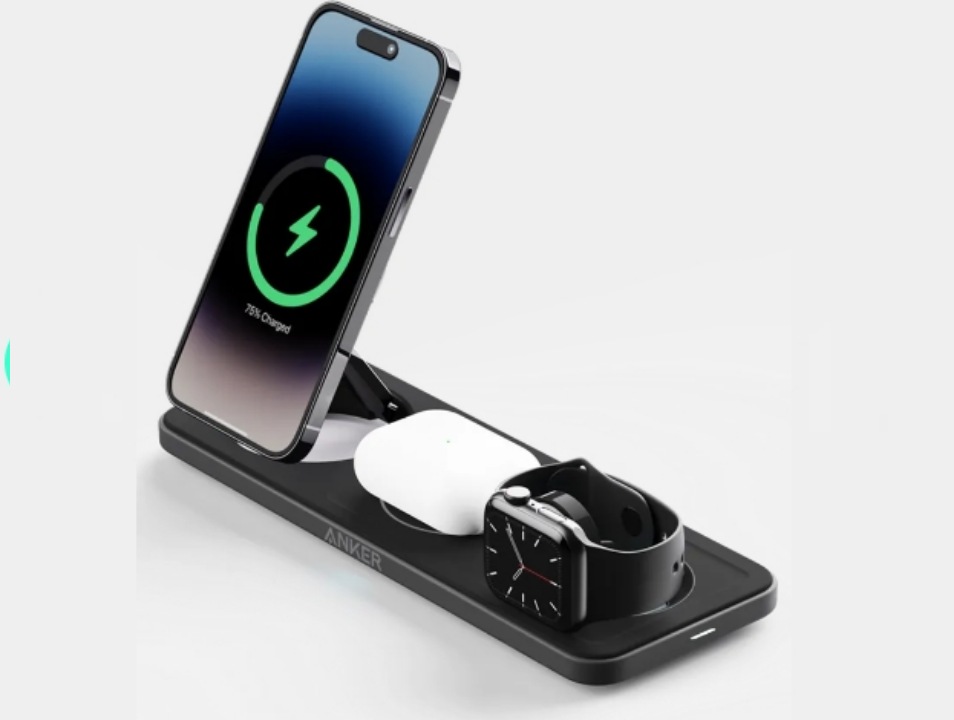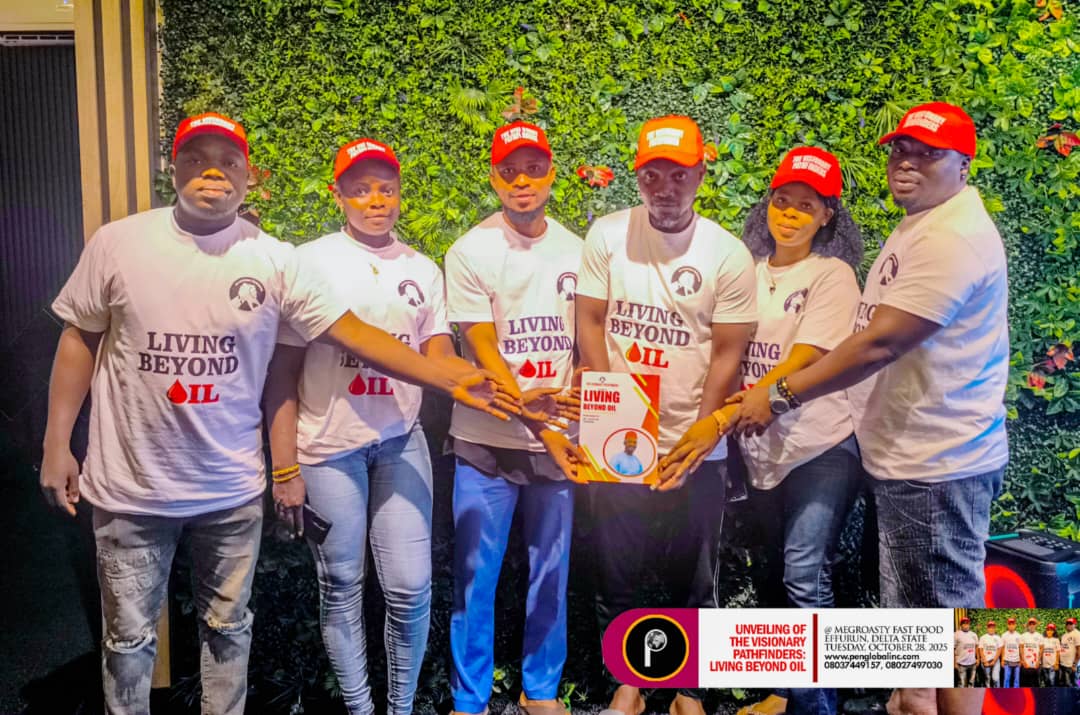INDUCTIVE AND REVERSE CHARGING: The Future of Powering Devices

Did you know that, through reverse wireless charging, a mobile phone can wirelessly discharge its own battery into another mobile device, and that Smartphones have become the driving force of wireless charging?
Inductive (wireless or cordless) charging is a type of wireless power transfer that uses electromagnetic induction to provide electricity to portable devices. Smartphones have become the driving force of this technology entering consumers’ homes, where many household technologies have been developed to utilize this technology. It is also used in vehicles, power tools, electric toothbrushes, and medical devices. The portable equipment can be placed near a charging station or inductive pad without needing to be precisely aligned or make electrical contact with a dock or plug.
Induction power transfer was first used in 1894 when M. Hutin and M. Le-Blanc proposed an apparatus and method to power an electric vehicle. However, combustion engines proved more popular, and this technology was forgotten for a time.
In 1972, Professor Don Otto of the University of Auckland proposed a vehicle powered by induction using transmitters in the road and a receiver on the vehicle. In 1977, John E. Trombly was awarded a patent for an "Electromagnetically coupled battery charger." The patent describes an application to charge headlamp batteries for miners (US 4031449).
The first application of inductive charging used in the United States was performed by J.G. Bolger, F.A. Kirsten, and S. Ng in 1978. They made an electric vehicle powered with a system at 180 Hz with 20 kW. In California in the 1980s, a bus was produced, which was powered by inductive charging, and similar work was being done in France and Germany around this time.
In 2006, MIT began using resonant coupling. They were able to transmit a large amount of power without radiation over a few meters. This proved to be better for commercial needs, and it was a major step for inductive charging.
The Wireless Power Consortium (WPC) was established in 2008, and in 2010 they established the Qi standard. In 2012, the Alliance for Wireless Power (A4WP) and the Power Matter Alliance (PMA) were founded. Japan established Broadband Wireless Forum (BWF) in 2009, and they established the Wireless Power Consortium for Practical Applications (WiPoT) in 2013. The Energy Harvesting Consortium (EHC) was also founded in Japan in 2010. Korea established the Korean Wireless Power Forum (KWPF) in 2011. The purpose of these organizations is to create standards for inductive charging. In 2018, The Qi Wireless Standard was adopted for use in military equipment in North Korea, Russia, and Germany.
Inductive charging is named so because it transfers energy through inductive coupling. First, alternating current passes through an induction coil in the charging station or pad. The moving electric charge creates a magnetic field, which fluctuates in strength because the electric current's amplitude is fluctuating. This changing magnetic field creates an alternating electric current in the portable device's induction coil, which in turn passes through a rectifier to convert it to direct current. Finally, the direct current charges a battery or provides operating power.
Greater distances between sender and receiver coils can be achieved when the inductive charging system uses resonant inductive coupling, where a capacitor is added to each induction coil to create two LC circuits with a specific resonance frequency. The frequency of the alternating current is matched with the resonance frequency, and the frequency is chosen depending on the distance desired for peak efficiency. Recent improvements to this resonant system include using a movable transmission coil (i.e., mounted on an elevating platform or arm) and the use of other materials for the receiver coil such as silver-plated copper or sometimes aluminum to minimize weight and decrease resistance due to the skin effect.
Many manufacturers of smartphones have started adding this technology into their devices, the majority adopting the Qi wireless charging standard. Major manufacturers such as Apple and Samsung produce many models of their phones in high volume with Qi capabilities. The popularity of the Qi standard has driven other manufacturers to adopt this as their own standard. Smartphones have become the driving force of this technology entering consumers’ homes, where many household technologies have been developed to utilize this technology.
Samsung and other companies have begun exploring the idea of "surface charging", building an inductive charging station into an entire surface such as a desk or table. Contrarily, Apple and Anker are pushing a dock-based charging platform. This includes charging pads and disks that have a much smaller footprint. These are geared for consumers who wish to have smaller chargers that would be located in common areas and blend in with the current décor of their home. Due to the adoption of the Qi standard of wireless charging, any of these chargers will work with any phone as long as it is Qi capable. Another development is reverse wireless charging, which allows a mobile phone to wirelessly discharge its own battery into another device.
Photo: Anker 3-in-1 wireless charging station (pad)
#penglobalbusiness #technology



